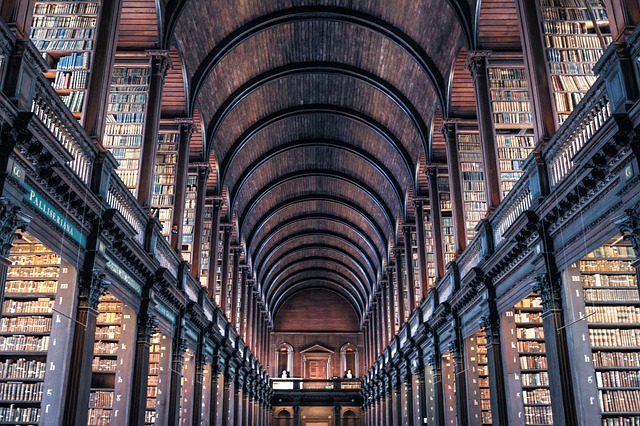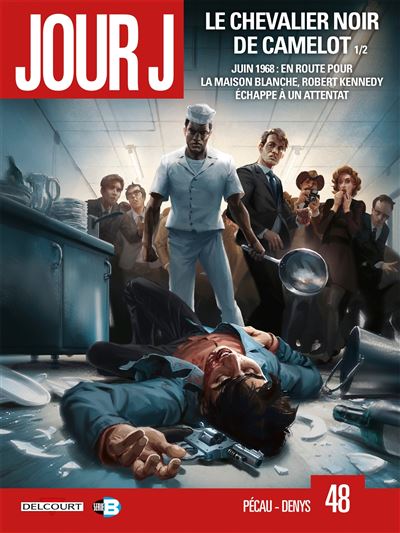Some argue that Disney is a sign of American omnipresence in the imagination of children. However, this volume 12 of the Romano Scarpa integrals proves that Mickey is Venetian. Discover the solution to this mystery in the following column.
Classic adventures…

From Romano Scarpa's first story, the reader enjoys the pleasure of slipping into well-known codes. Several stories follow famous characters: Mickey, Goofy but especially Picsou and Donald.Junior beavers are smarter and more cultured than adults.Picsou is the archetype of the capitalist. This miser does everything to sell a plot of land in an inhospitable valley. Further on, he is pursued by his eternal sigh Brigitte. Despite Picsou's constant starting wickedness, each story ends with a happy ending. His nephew Donald is the turkey of the stuffing, if you can say it for a duck. He is manipulated by Picsou who plays on his arrogance and poverty to serve his own purposes. He is also unlucky as shown by the problems with his new boat.
The fan also finds the competition between Donald and Gontran. Despite all his attempts, Donald loses because his cousin has luck on his side.Thanks to Romano Scarpa, the reader then rediscovers secondary characters from the rich Disney gallery : the inventor Géo Trouvetou, the rival of Picsou Flairsou and the talking but angry blackbird Genius who enjoys a complete portrait at the end of the volume. These characters are rarely sympathetic. In addition to being stingy, Picsou tyrannizes his secretary Hamilcar.Donald wants to run away from work, but in doing so, he keeps working.
There is also a pleasure to read in Romano Scarpa's screenplays as when a treasure hunt doubles as Donald's clumsiness. Elsewhere, stories are delusional like this golden egg trafficking.
… but what if Disney was Italian?
The publisher Glénat has made a specialty of the reissue of Disney classics. They have already published chronologically complete works by Carl Barks, Floyd Gottfredson and Don Rosa. They now publish the Italian master Romano Scarpa and arrive in Two heads for a turban and other stories in the year 1965 with many unpublished works. Scarpa is mainly a penciller although he is also the writer of some episodes.The drawing is totally in the codes of Disney. However, we can find the bright colors a little dated
What if it was the best edition?

The goal of the "Disney Grandmasters" is to elevate these series to the height of the classics. We are very far from the magazines of our childhood. The cover and the first pages take up the style of beautiful old books. The paper is a beautiful ivory white and there is also a bookmark. On the other hand, a whole critical apparatus illuminates each episode.
The summary is very precise and each episode begins with a complete presentation of the artistic team, by the number of pages, the original cover of the magazine, the first Italian and French publication but above all a short but very detailed analysis of the scenario and layout. This text lists the influences of Romano Scarpa and places certain elements in the era.
An introduction focuses on the representation of Venice in popular culture by comparing Frank Robbins' American comic Johnny Hazard and Scarpa's pages. The Venetian author is very attached to the fidelity of geography even for children's comics. It is out of the question for him to put cars in the center and foreign ships but he accurately represents a village in the Venetian suburbs. He finds this Italian aspect later when Donald travels to Naples. The volume ends with images showing Romano Scarpa's career in animation with many images.
By the quality of the episodes and the edition, the treasures of Disney prove by this new volume that it is a great collection for unknown authors. This series also demonstrates that Italy was a pool of talent in the post-war period.
Find other chronicles on Disney comics with Donald on vacation and The Jupiter mission.















![[Live Report] Rock En Seine 2024 : 20 ans et toujours aussi passionnés !](https://www.justfocus.fr/wp-content/uploads/2024/11/RES24_JOUR01_LANA-DEL-REY_LOUIS-COMAR-12.jpg)





















